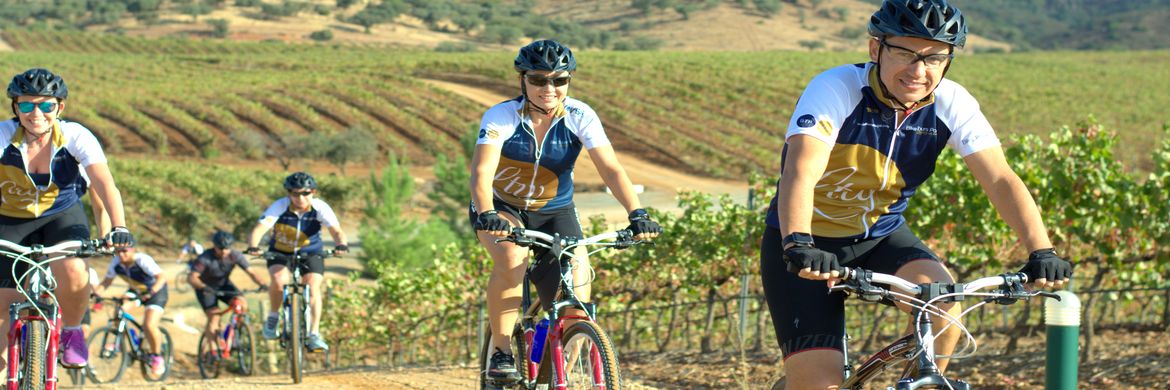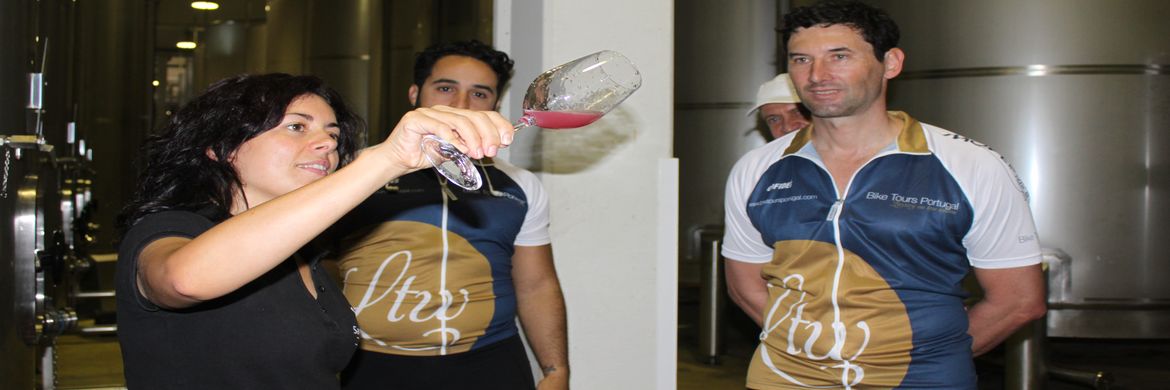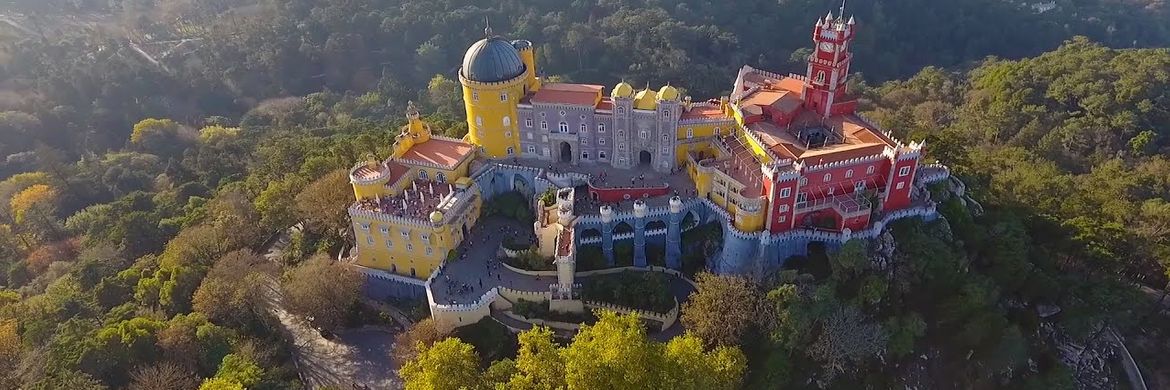Portugal Escapes
Portugal is a southern European country on the Iberian Peninsula, bordering Spain. Its location on the Atlantic Ocean has influenced many aspects of its culture: salt cod and grilled sardines are national dishes, the Algarve’s beaches are a major destination and much of the nation’s architecture dates to the 1500s–1800s, when Portugal had a powerful maritime empire.
Portugal is a country of contrasts, from the traditional wine and port country of the north, through to the cosmopolitan capital of Lisbon and the beach and golf resorts of the Algarve. Portugal has a very pleasant climate, with warm summers and mild winters making it a good year round destination. The island of Madeira lies off the North African coast where the warm winds support tropical plant life. The wilder Azores offer nature lovers the opportunity to whale watch and explore extinct volcanoes. With many idyllic sceneries, castles, palaces and gardens worthy of fairy tales. You will be even more fascinated by the religiosity displayed at one of the most important Marian shrines in the world (Fatima), and in the magnificent treasures of sacred art. You can also enjoy the wonderful cuisine, always accompanied by fine wines which are recognized worldwide.
LISBON
A City built on seven hills, on the right bank of the Tagus River, Lisbon urban area holds 2 million people. Founded by Phoenicians under the name of Alis Ubbo, Lisbon is the result of layering of many different centuries and settlers. Roman, Moors, Christians, all helped to build this cosmopolitan city with facades covered with azulejos, houses painted in soft colours, happy avenues bordered with trees. Explore the city by visiting the Jeronimos Monastery (church and Cloister; the church is public and its visits are also subject to religious activities), dated from 1502 (closes on Mondays). Stop at the Tower of Belem, from 1515, exlibris of the city of Lisbon (stop outside). Drive to the Monument to the Discoveries. Depicting 31 characters of our History linked with the Portuguese Discoveries, from Navigators, to Poets, Kings and Artists, the Monument dates back to 1960. The magnificent marble Compass Dial was a gift of South Africa to Portugal. The car takes us to Portas do Sol. Arriving there we leave the bus and start again a walking experience through Alfama, with its characteristic colors and senses. This is the heart of Old Lisbon. This area survived the great earthquake of 1755 that devastated almost all the city of Lisbon, so from here you can see how Lisbon was in the past: tortuous and sinuous streets and lovely buildings and staircases
SINTRA, CASCAIS & ESTORIL
Sintra is a town of romance, history, sophistication and royal heritage. It is popular amongst visitors from all over Portugal, southern Europe and beyond, who come here during the summer months to explore its palaces and castles, adventure in the Sintra-Cascais Natural Park and relax on the beautiful sandy beaches. Only half an hour from Lisbon it is the ideal pleace for a day tour, you can chose from fairy tale palaces, amazing gardens, moorish castle and many other attractions. In between you must save some time to walk around down town and do some local shopping, and of course taste the famous Travesseiro.
PORTO
This city was founded by Romans and named – Portus. On the opposite bank of the river a second city was born – ‘Cale’, today called Vila Nova de Gaia. The two cities gave the name to our country – Portuscale (Portugal). Oporto followed the same steps in history as Portugal, being occupied by Visigoths and Moors, conquered in the IX century by crusaders. Surrounded by ramparts since the 13.century, it held a flourishing trade with northern Europe since that time. Wool and Wine were the main export products. When the demarcated area of Port Wine was founded in the 18th century, the city knew a flourishing trade and development. Baroque buildings, magnificent churches and works of art, were born throughout the city. Porto becomes the second city of Portugal. City of hardworking people, keeping up with progress and technology, today Oporto is the industrial motor of the country. At the same time, we still find old fashioned pictures in its streets – markets with flowers and vegetables, nostalgic cafés and 80 year old shopkeepers that know their customers by their first name.
ALGARVE
Seen from the sea, the Algarve coastline is a succession of cliffs, oddly shaped rocks offering a variety of silhouettes, caves formed by the dialogue between wind and sea, great expanses of sand, and water exhibiting every possible shade of blue. All along the coast are beaches of different shapes and sizes, with one to suit every taste. Large or small, calm or with small waves, deserted or highly popular, most of the Algarve’s beaches proudly fly the EU’s blue flag (synonym of quality of sand and water and also of safety), and you can count on the sun’s presence all year round. Whether you want to laze in the shade of a parasol, swim in the sea, go underwater diving, do some angling, windsurf or jet-ski, the Algarve’s beaches are a guaranteed delight for all your senses.
COIMBRA
In the Center of Portugal Coimbra is to be found contemplating itself, a vain city looking at its own reflection in the water of the River Mondego. A city of courtyards, steps and medieval arches, the bohemian Coimbra, inhabited by students, is sung about by many poets. Step forth boldly onto the stone steps, shaped by centuries of use, and plunge deep into the history of the city, where the old cathedral (Sé Velha) stands impressively before all those making their way up to the centuries old University on the top of the hill. Its most iconic feature, the Library, with its baroque architecture dating from the reign of Dom João V, reminds us of a chapel with its frescoes and carved and gilded woodwork.
DOURO VALLEY
The region is located in the North of Portugal, extending from the city of Porto to the eastern border, where the Port wine production activities and the unique scenery sculpted the Douro river and its tributaries are highlights not to be missed. With three World Heritage Sites recognised by UNESCO, there is no shortage of reasons to visit the Douro Valley, one of the most stunning landscapes in all of Portugal.
MADEIRA
This floating garden of verdant vegetation is the home of orchids, anthuriums and birds of paradise, as well as many other flowers with unforgettable aromas and unexpected colours. White clouds drift across skies of blue while, below, boats plough their way through the deep blue sea, contrasting sharply with the green of the island’s forests and mountains. The island of Porto Santo invites you to spend some time sunbathing before diving into the clear transparent waters of its vast sandy beach, running uninterrupted over a total of nine kilometres. The calm sea, with its gently lapping waves, is ideal for such sports as sailing, windsurfing or water skiing.
- Bike Tours – You have now a new way of discovering our country, a way that will take you to the most authentic places of Portugal. The bike tours itineraries were thought for those that seek adventure and like to pedal overlooking amazing lakes or even deactivated train lines where you’ll find only yourself, plains and cork oak trees!
- Sailing in Lisbon – Celebrate life and have fun with your friends and family … provide a romantic cruise to your soul mate. Enjoy the sea that Lisbon has to offer.
- VIP Insider’s Access – a combination of VIP Experiences that will give you another perspective of Portugal that, most probably, you won’t be able to find elsewhere.
- Playing Golf – If playing Golf was to be as simple as 18 holes, one ball and a pair of clubs, one could golf almost anywhere. Playing Golf in Portugal can be an exciting and plentiful experience! More than 800 years of History, the Atlantic ocean, the sun, the culture, the cuisine, the sympathy of people and of course, the wonderful golf courses from north to south, including the islands of Madeira and Azores, welcomes you.
- Photo Tour – Discover every pebble of the Portuguese cobblestone walking around historic neighborhoods, discovering the city of the seven hills and its sights. Admire the facades covered with tiles, wrought iron balconies and laundry drying out in the windows, in the old quarters of the city
- Surfing – There is no better way to interact closely to the sea than with surfing. For some reason in the past, the “inventors” of Surf, the Polynesians and Peruvian people, believed that, by practicing this sport, they were releasing negative energy while paying a service to the spirit of the sea.




